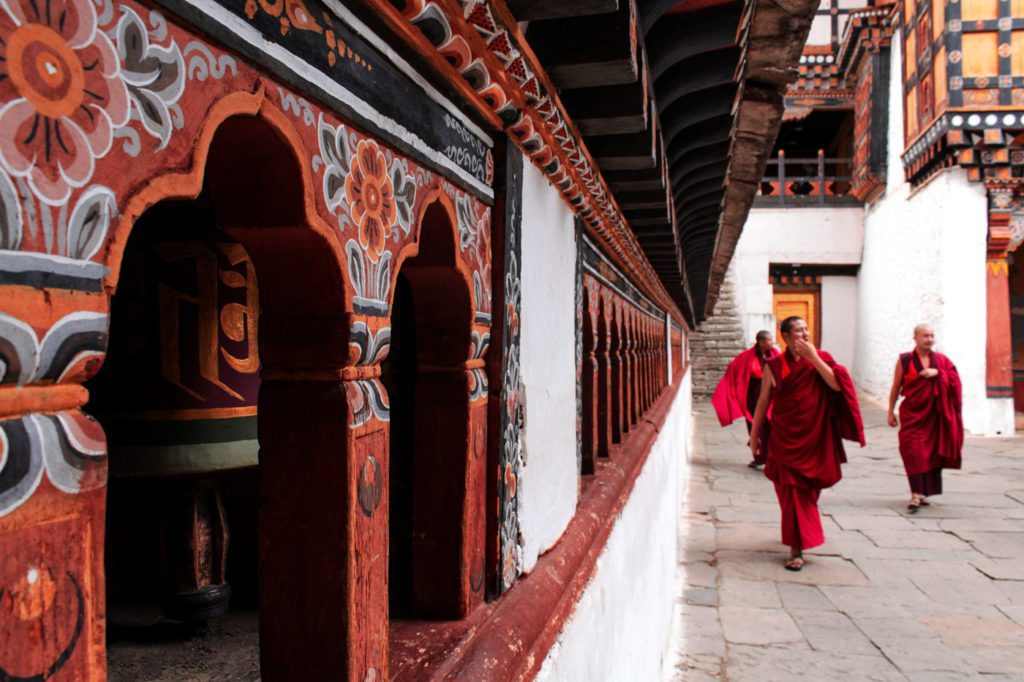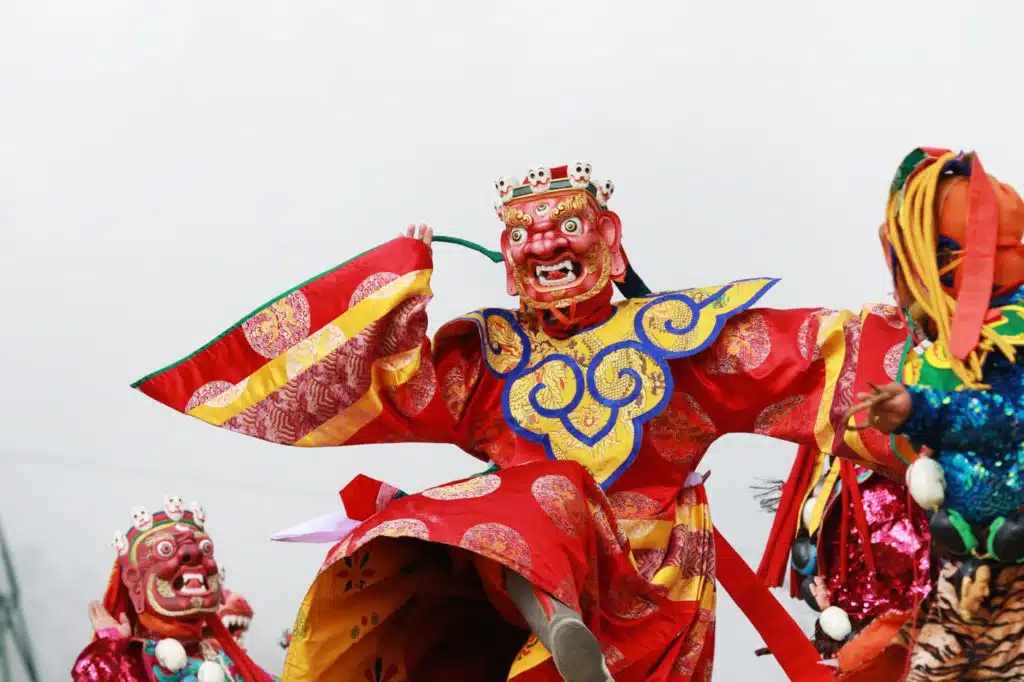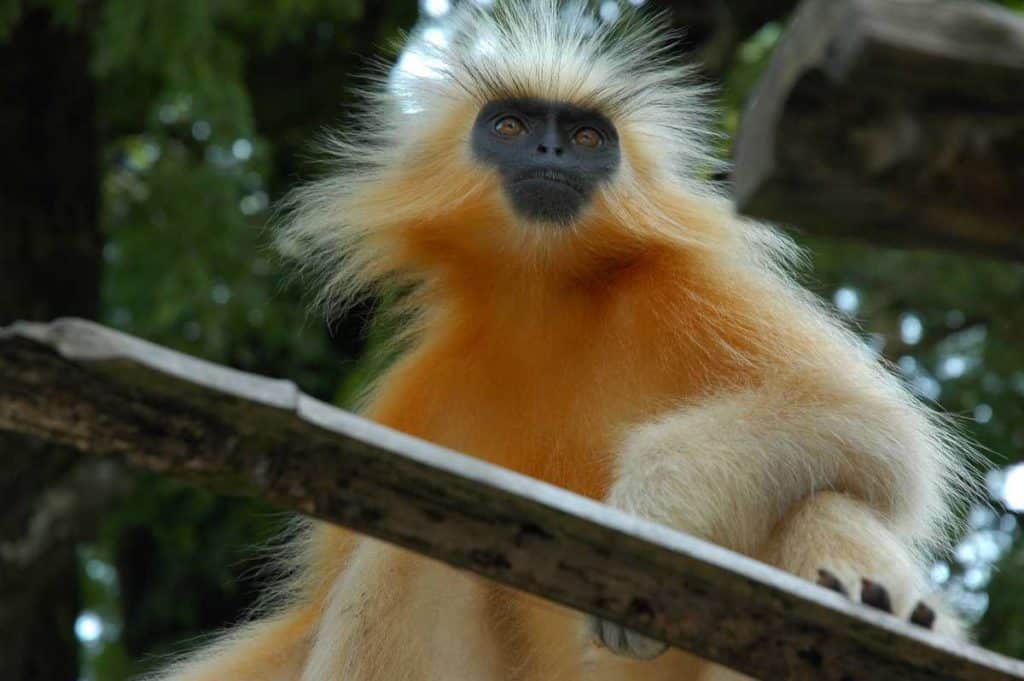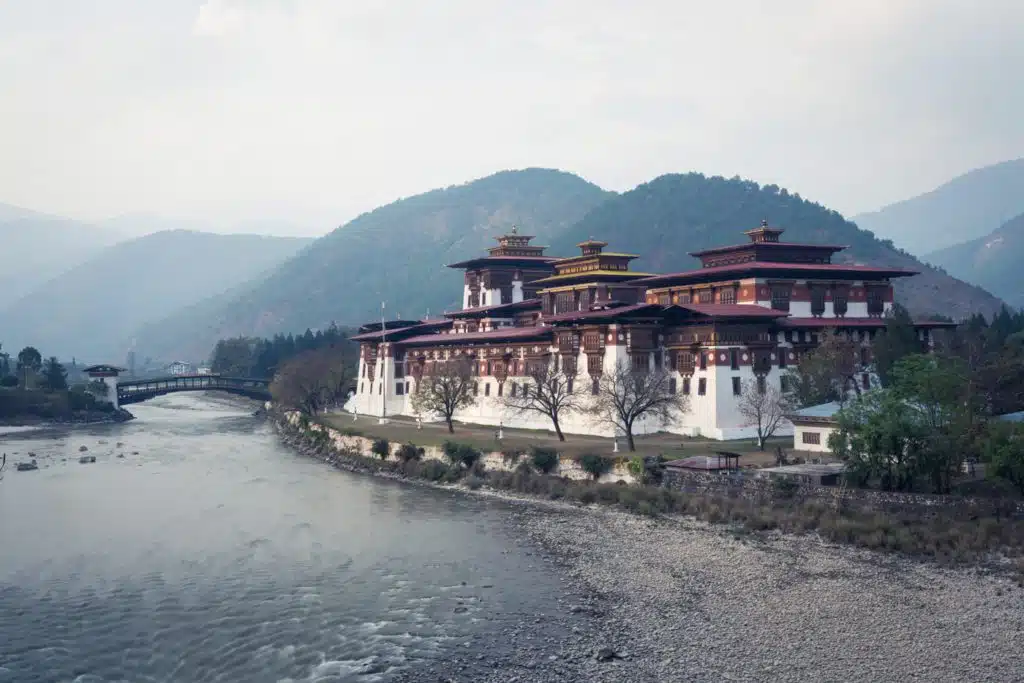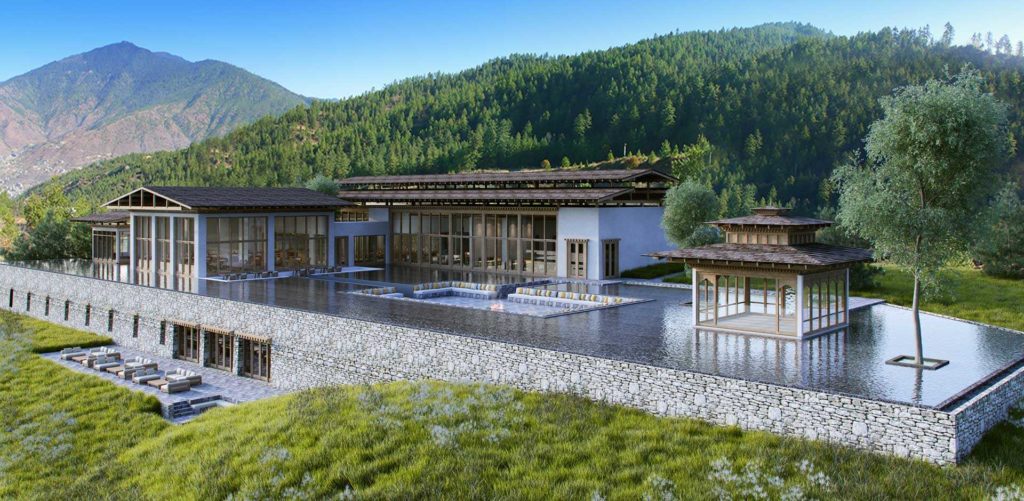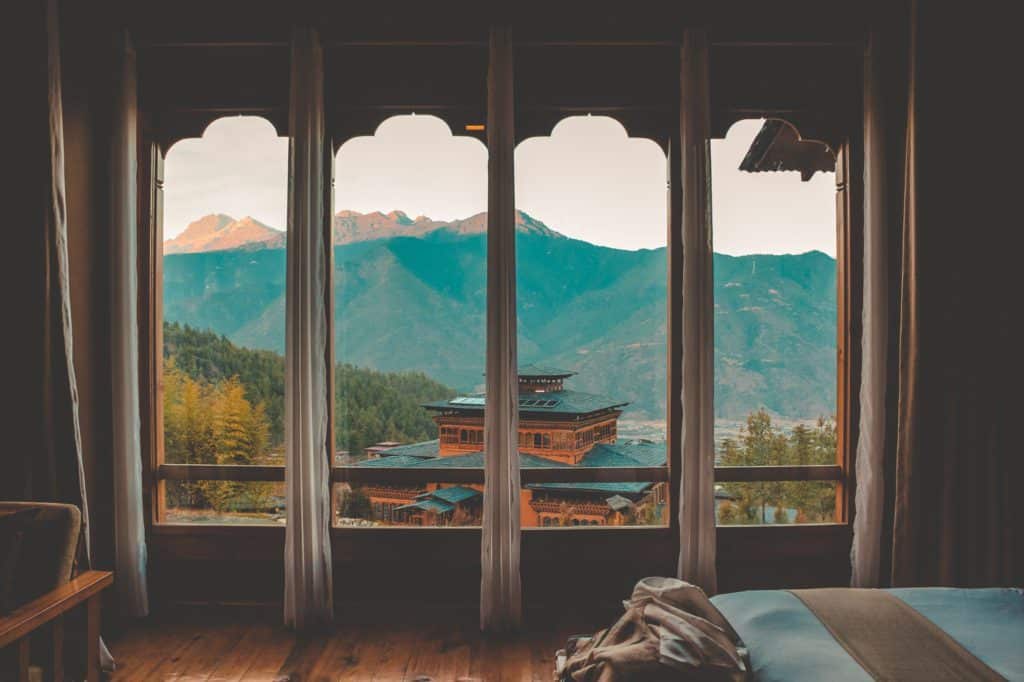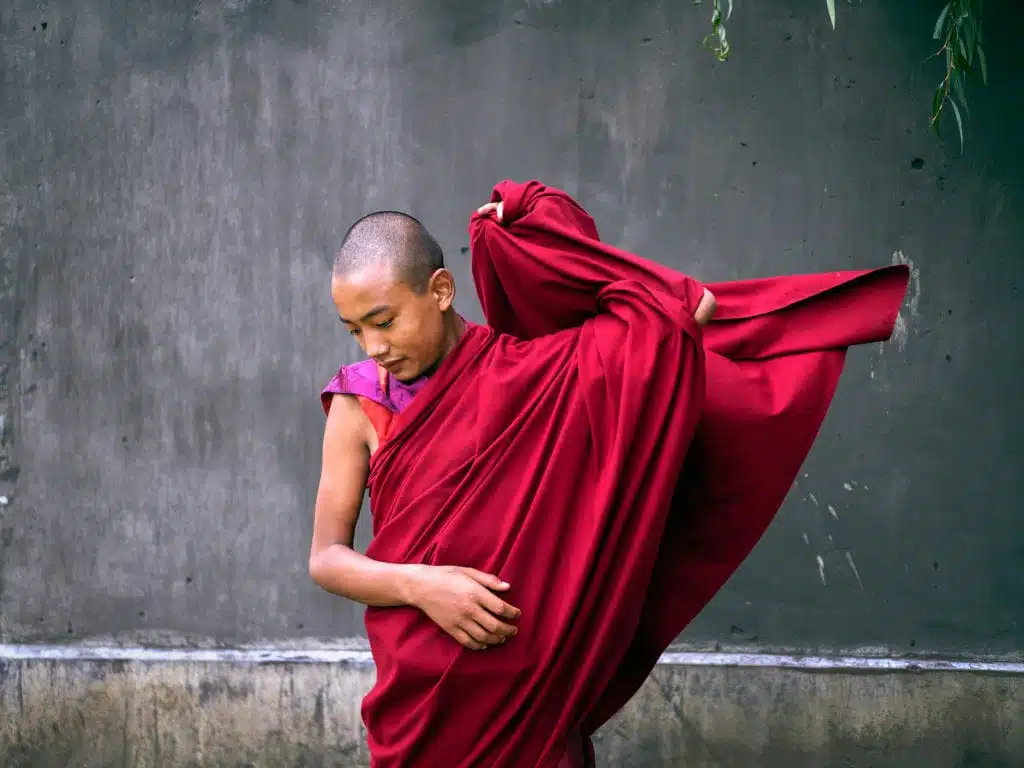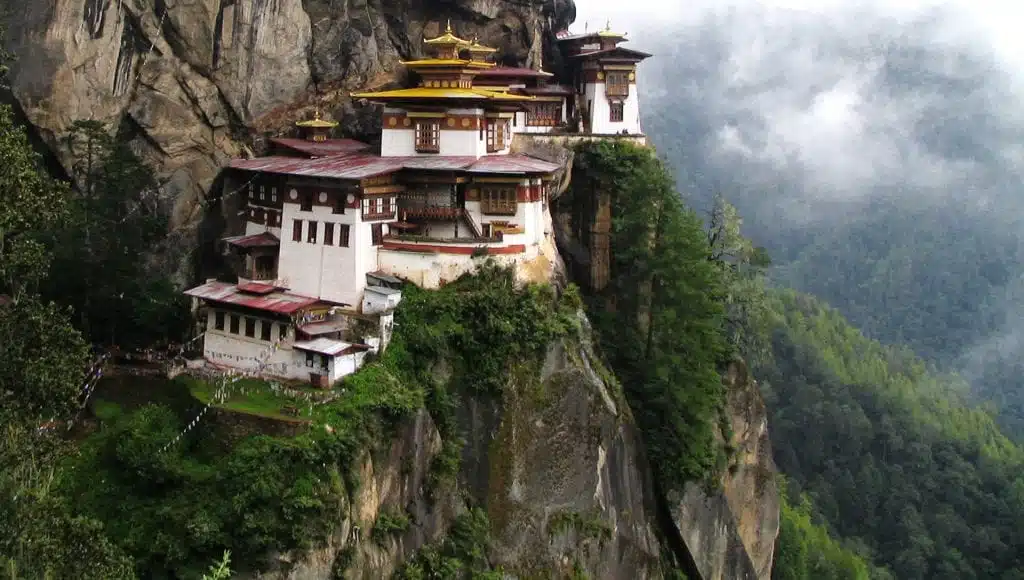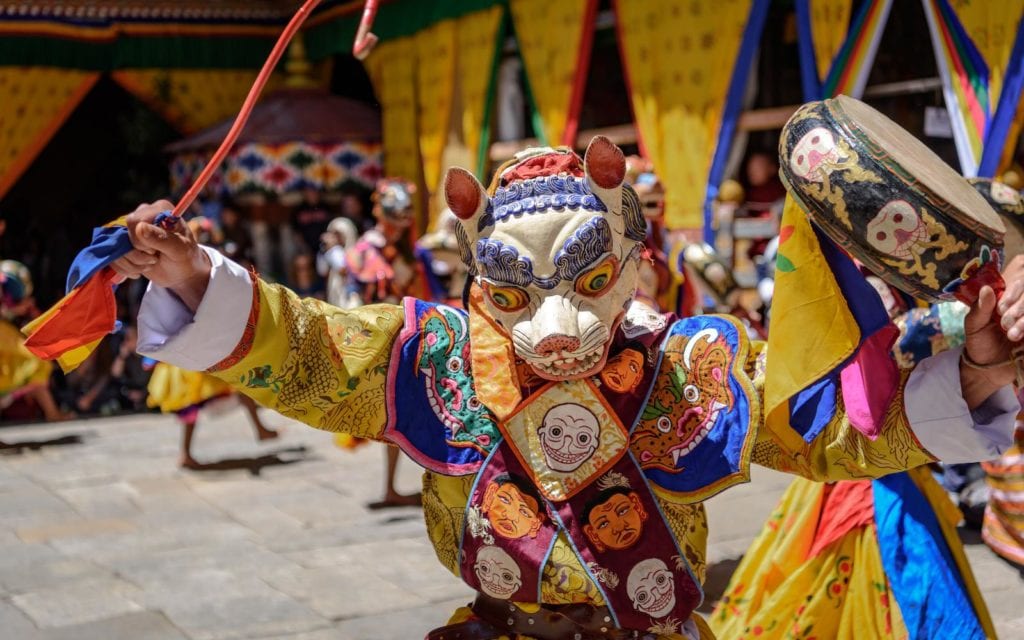HOW LONG SHOULD I SPEND IN BHUTAN?
Bhutan is an absolutely fascinating country and worthy of at least a week’s attention. Experiences and extensive travel within the country are somewhat limited though, and it advised that you either only visit for a maximum of ten days or combine with another country.
WHEN IS THE BEST TIME TO VISIT BHUTAN?
Bhutan is cold and wet, though not at the same time. Winters can drop below freezing, while the hot summer months can be almost monsoonal in their rainfall, with almost six inches (150mm) of precipitation falling in July. Spring and Fall are both pleasant, with amiable temperatures and lighter showers giving way to blue skies. March, April and May are the better months of Spring, while October and November are the pick for the Fall.
OTHER DETAILS:
Much of the entertainment in Bhutan is in the landscapes and culture. Because of this, as well as the high altitude, it is a better destination for a fairly wide but select type of traveller. Young families and the elderly may struggle a little. The Bhutanese people are gentle, humble and welcoming, and a certain level of decorum and cultural respect should be adopted.
When wandering the markets and shops of Bhutan, and even in hotels and private homes, you will doubtlessly notice an abundance of phalluses. Far from being crude, they are a symbol of fertility and prosperity and are also thought to ward off evil spirits. Rather than being aggrandising of the male form, they also serve as a reminder for men to uphold humility and equality.
Bhutan is quite simply unlike anywhere else in the world, and an adventure to this Himalayan nation will not only remain with you for the rest of your life, it may well profoundly transform you, instilling just a little of what makes this the happiest nation on earth.

